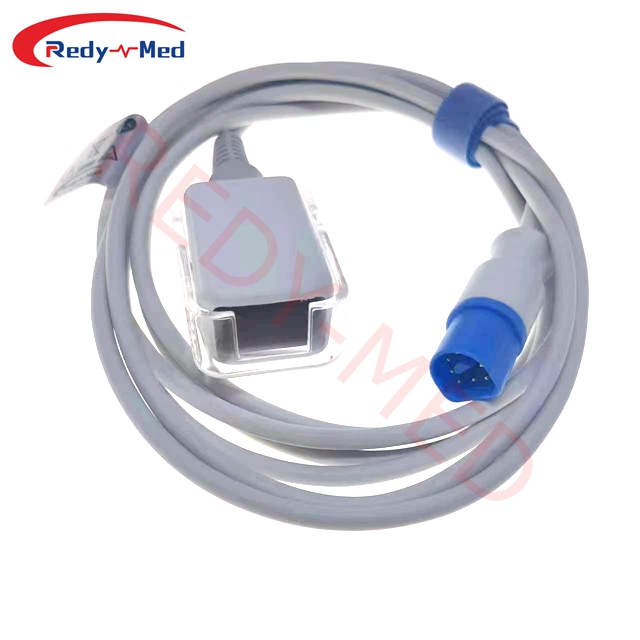
Oxygen in Focus: The Role of Spo2 Sensors in Personal Health and Wellness
2024-03-21 00:04:27
The Role of SpO2 Sensors in Monitoring Oxygen Levels

Oxygen is one of the essential elements for human life. It powers our body, strengthens our immunity, and maintains overall well-being. In recent years, the focus on oxygen levels in personal health and wellness has increased significantly. This article will explore the role of SpO2 sensors in monitoring oxygen levels and its impact on our well-being.
1. Understanding SpO2 Sensors
SpO2 sensors are non-invasive devices that measure the oxygen saturation of arterial blood. They use infrared light to determine the level of oxygen saturation in the blood, represented as a percentage. This measurement is known as SpO2 or peripheral capillary oxygen saturation. SpO2 sensors are commonly found in wearable devices, such as fitness trackers and smartwatches, to monitor oxygen levels continuously.
2. Importance of Monitoring Oxygen Levels
Maintaining optimal oxygen levels is crucial for our body's proper functioning. Low oxygen levels, known as hypoxemia, can lead to various health issues, including shortness of breath, fatigue, and even organ damage. On the other hand, too much oxygen can also be harmful. Monitoring oxygen levels helps individuals identify any potential imbalances and make necessary adjustments to promote better health and well-being.
3. Enhancing Physical Performance and Fitness
Adequate oxygenation is essential for athletes and fitness enthusiasts. SpO2 sensors provide real-time data on oxygen saturation levels during physical activities. By monitoring these levels, individuals can optimize their training intensity, track progress, and ensure their body gets the required oxygen supply. It helps improve overall performance, endurance, and recovery, ultimately enhancing physical fitness.
4. Managing Respiratory Conditions
Individuals with respiratory conditions, such as chronic obstructive pulmonary disease (COPD) and asthma, can benefit greatly from monitoring their oxygen levels using SpO2 sensors. These sensors help identify any fluctuations in oxygen saturation, enabling individuals to take prompt actions or seek medical assistance if necessary. It empowers individuals to manage their condition effectively and make informed decisions about necessary interventions, including medication adjustments or lifestyle modifications.
5. Enhancing Overall Well-being
Oxygen plays a vital role in maintaining overall well-being, beyond physical fitness. Optimal oxygen levels improve cognitive function, sleep quality, and mood stability. SpO2 sensors provide individuals with a quantitative measure of their oxygen saturation levels, allowing them to understand how lifestyle choices, such as exercise, nutrition, and sleeping patterns, impact their well-being. This knowledge can empower individuals to make positive changes and prioritize activities that optimize their oxygen levels and, consequently, their overall well-being.
Conclusion
Oxygen is the essence of life and holds the key to personal health and wellness. SpO2 sensors have revolutionized the way we monitor and understand our oxygen levels. By using these sensors, individuals can gain insights into their oxygen saturation levels and make informed decisions to enhance their physical performance, manage respiratory conditions, and improve overall well-being. Embracing the role of SpO2 sensors empowers individuals to take control of their health through the power of oxygen.
Get the latest price? We'll respond as soon as possible(within 12 hours)




